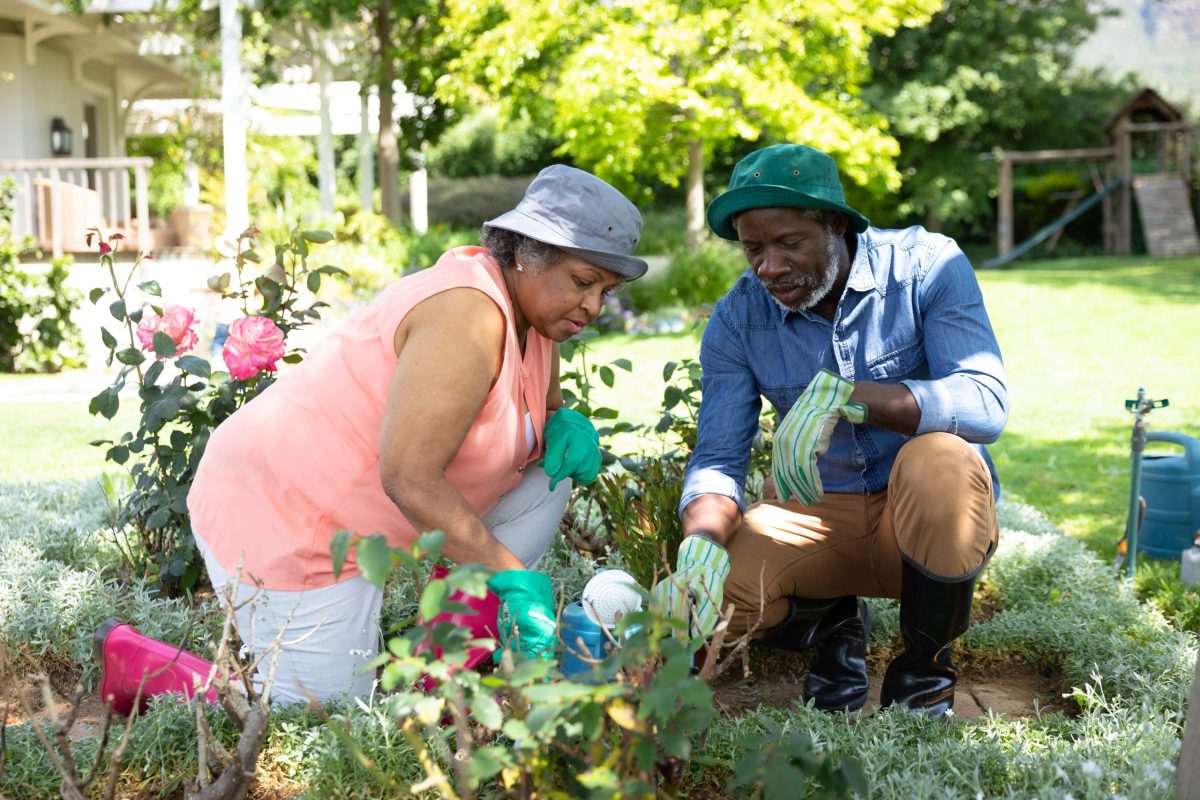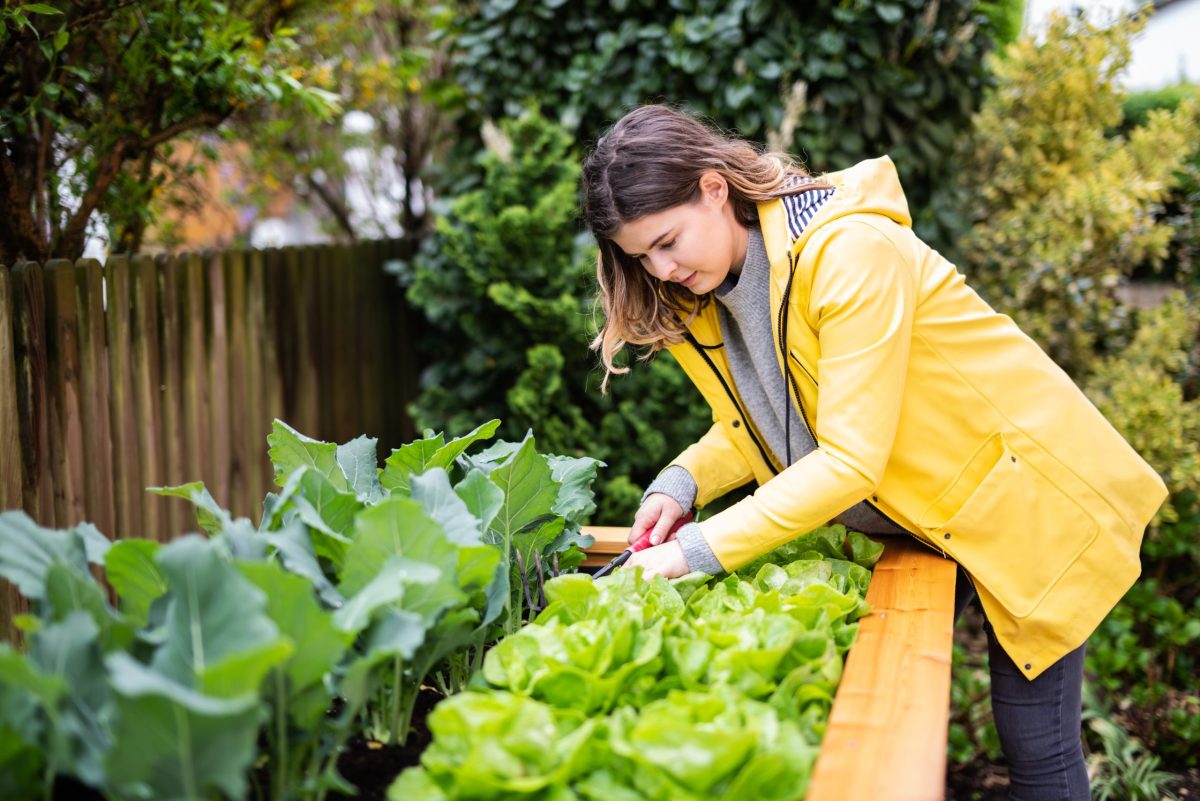
Heading outdoors and spending time getting your hands dirty in the garden can be one of life’s greatest pleasures, especially when you finally get to enjoy the bounty of your harvest. Although planting, weeding, watering, and pruning might seem like low-impact activities, some people experience intense pain in their knees after working in the garden.
Gardener’s knee pain, officially known as prepatellar bursitis, is a common ailment caused by excessive kneeling. Anyone who spends a lot of time on their knees, including plumbers, carpenters, roofers, and flooring installers, is also vulnerable to the condition.
At EmergeOrtho—Triangle Region, our team of orthopedic surgeons frequently sees patients with gardener’s knee pain. We are committed to helping you stay active, healthy, and able to enjoy the things you love. Our staff is here to help you treat (and better yet, avoid) gardener’s knee and other common ailments.
What is Gardener’s Knee?
Prepatellar bursitis is an inflammation of the bursa in the front of the kneecap. Bursa are small, fluid-filled sacs found throughout the body. They provide cushioning between the bones and soft tissue, preventing friction.

When the bursa becomes irritated, such as when they are under extreme pressure from kneeling for long periods, they produce extra fluid. This fluid causes swelling and puts pressure on the kneecap and other surrounding parts of the joint. The result is the gardener’s knee pain, as well as a visibly swollen knee, redness, tenderness, and may cause difficulty bending the knee or walking.
Sports Injuries and Gardener’s Knee
Prepatellar bursitis can also come from a sports injury. When an athlete falls on their knees repeatedly or takes a direct blow to the kneecap, the bursa can become irritated and inflamed. The injury is most common in sports like wrestling, football, and basketball, where falling is more common.
Preventing Gardeners’ Knee Pain
Although some people are more susceptible to prepatellar bursitis, including those with rheumatoid arthritis and gout, the condition is preventable. Taking a few precautions when working outdoors (or doing any other activity that requires long periods of kneeling) and using proper body mechanics for gardening can help you avoid the pain and discomfort.
If you frequently have knee pain, invest in a garden stool or sit on an overturned bucket while working to reduce strain on your knees. If you need to kneel, wear knee pads or use a kneeling pad to provide cushioning and reduce irritation.
Other tips to prevent gardener’s knee pain include:
- Stretch before you start work to prevent knee, shoulder, or back pain after gardening.
- Change your position frequently to reduce strain on your knees, and take breaks often.
- Consider installing raised garden beds or using garden tables to eliminate the need for extended kneeling.
- Use long-handled garden tools that allow you to stand.
- Apply ice packs to your knees after gardening to reduce swelling.
- Get help with tasks that are challenging, such as lifting heavy objects, to prevent injuries.
Treating Gardener’s Knee
If you have ongoing knee pain or swelling, see a doctor to discuss your condition. While prolonged kneeling is the most common cause of gardener’s knee pain, it can also be caused by an infection.
If bacteria get into the bursa via a wound in the knee (like an insect bite, scrape, or cut), it can cause infectious bursitis, which must be treated with antibiotics. Infectious bursitis often has symptoms in addition to pain, such as aches, fever, and chills, which should prompt a visit to the doctor.
When you see the doctor for gardener’s knee pain, they will make the diagnosis based on your activity, pain and symptoms, and range of motion. They may also order X-rays to ensure the pain is not due to a fracture, or other bone issue. If the doctor suspects an infection, they may drain fluid from the knee for testing.
Assuming that the bursa are just inflamed, and not infected, prepatellar bursitis is usually treated at home using noninvasive methods. Your doctor may recommend:
- Activity modification. Avoiding activities that worsen discomfort or increase swelling in favor of low-impact options — and rest — can help reduce inflammation.
- Elevation. Keep the affected knee elevated as much as possible to help reduce swelling.
- Ice. Combined with elevation, applying ice packs to your swollen knee for 15-20 minutes, three to four times per day can help reduce pain and swelling.
- Medication. Talk to your doctor about taking over-the-counter nonsteroidal anti-inflammatory drugs (NSAIDs,) to reduce inflammation and pain.
If these measures don’t reduce the gardener’s knee pain and swelling within a few weeks, more invasive treatments may be necessary. Your physician may opt to aspirate (drain) the fluid-filled bursa and then inject a corticosteroid medication.
In very rare cases, prepatellar bursitis does not respond to conservative treatments. If chronic bursitis makes walking and everyday activity difficult or impossible, more invasive surgical treatment may be necessary. Your doctor may recommend surgical removal of the bursa, which restores flexibility in the knee. Most of the time, the bursa grows back on its own.
Treating Knee Pain at EmergeOrtho—Triangle Region
Gardener’s knee pain can disrupt your normal activity, but it doesn’t have to. If you have ongoing pain and swelling that isn’t getting better with home treatment we encourage you to request an appointment or self-schedule an appointment with a Triangle Region orthopedic provider.
Or, call us any time at (919) 220-5255 with questions.







